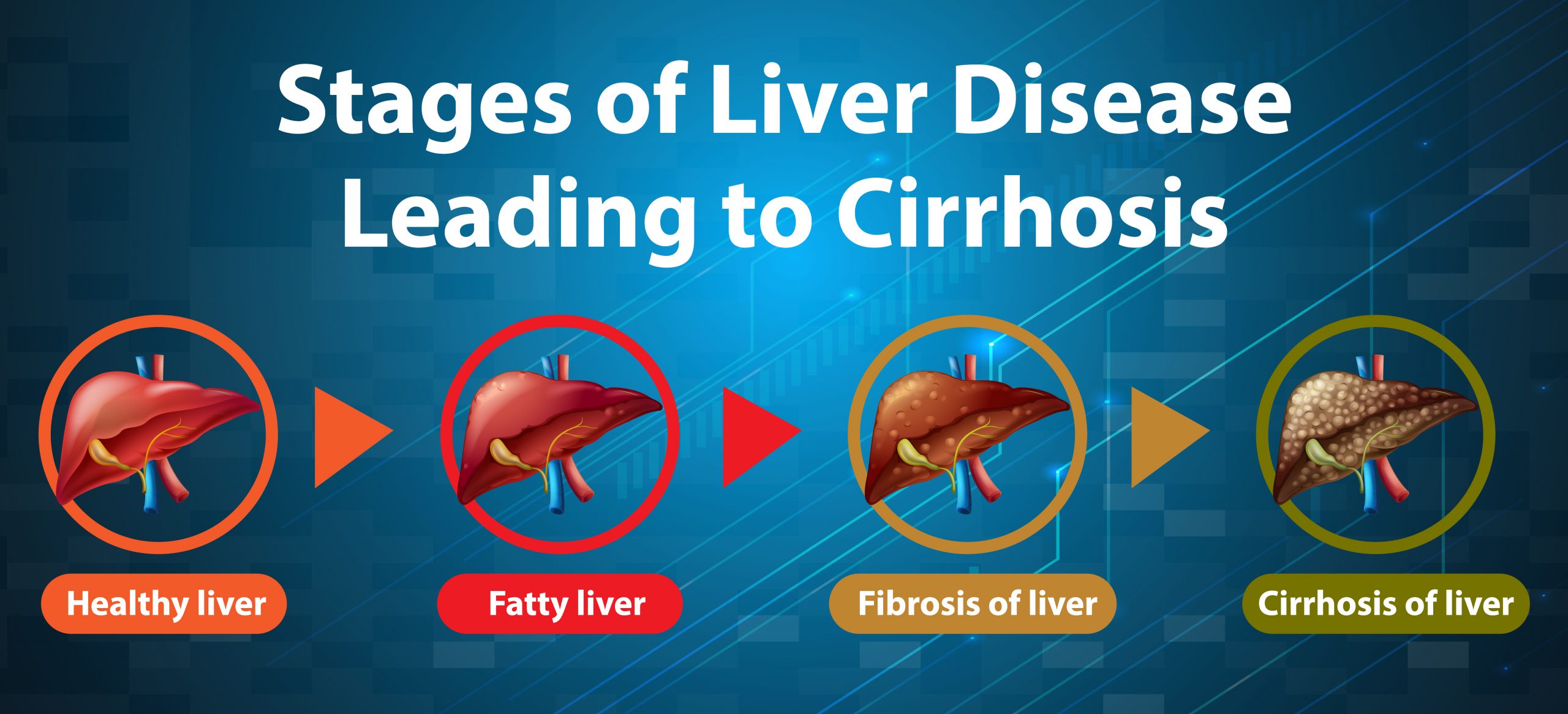

It has been recently uncovered why fatty liver causes severe liver damage. Hepatocytes “die” in hepatic steatosis, harming the liver. Hepatocellular death is accelerated by severe steatosis, exacerbating liver damage. The exact mechanism is unknown. We demonstrate using mice that mild steatosis results in apoptosis, but severe steatosis mostly results in necroptosis, which results in cell rupture. This results in severe inflammation and brand-new cell death, severely harming the liver. We demonstrate that ATF3, a transcription factor, is involved in this procedure. The development of treatment approaches is anticipated to benefit from our findings.
The term “non-alcoholic fatty liver disease” (NAFLD) is used to refer to a group of conditions that harm the liver by increasing the amount of fat that builds up in the liver cells (hepatocytes) as a result of an excessive diet rich in nutrients. NAFLD is a chronic liver condition that includes fatty liver and steatohepatitis and advances to liver cirrhosis and cancer.
Acute liver damage brought on by medications and other factors is also made worse and lasts longer in NAFLD. NAFLD is quite common, occurring in 20% to 40% of cases, and it is intimately associated with acute and chronic liver damage. However, there is an urgent need for the development of effective pharmacological therapy for NAFLD.
Fatty liver causes damage when liver cells “die,” resulting in liver damage. In reality, as the severity of the disease worsens in fatty liver, also known as hepatic steatosis, the number of hepatocellular fatalities rises. It had previously been assumed that the mechanism of cell death known as apoptosis, which causes hepatocellular death, is a significant factor in liver damage.
Apoptosis is referred to as silent cell death because it doesn’t cause inflammation. Cell death happens during apoptosis when cells condense without rupturing the cell membrane. As a result, inflammation does not happen during apoptosis because different intracellular chemicals that might otherwise cause inflammation are not released. The development of hepatitis in true fatty liver illnesses, however, occurs when the condition worsens, starting a vicious cycle of hepatocellular death and inflammation. Involvement of cell death mechanisms other than apoptosis in fatty liver has been suggested in recent years, although the specifics have not been clarified.
Research Outcomes
A research team from Kanazawa University’s Institute for Frontier Science Initiative, led by professors H. Inoue and Y. Inaba, conducted this investigation. We found that as the fatty liver becomes more severe, the mode of cell death shifts from apoptosis to necroptosis through studies utilizing mice models. Cells inflate, rupture, and die during necroptosis. Necroptosis consequently results in significant inflammation around dead cells. Although the regulator RIPK3 induces necroptosis, it was previously believed that hepatocytes did not undergo necroptosis because they were known to express relatively little RIPK3.
In our research, we discovered that when fat storage rose, hepatocytes produced more RIPK3, and necroptosis replaced apoptosis as the method of cell death. We further demonstrated that, even in the presence of extremely fatty liver, hepatocellular mortality, and liver damage were low in the RIPK3-deficient liver. The research results are presented in the Nature Communications journal.
In addition, we found that the primary regulator of necroptosis induction linked to the exacerbation of hepatic steatosis is the stress-inducible transcription factor ATF3. So far, we have discovered that the intracellular stress response pathway known as eIF2 signalling plays a crucial role in causing hepatocellular death in fatty liver. eIF2α signalling is recognized as a stress response pathway frequently activated by these intracellular challenges, and it is known that various intracellular stresses, such as oxidative damage and endoplasmic reticulum stress, are exacerbated in fatty liver.
In this study, we discovered that the eIF2α signalling molecule, stress-inducible transcription factor ATF3, elevates the amount of RIPK3 and causes necroptosis in the severely fatty liver. In actuality, the liver damage in ATF3-deficient mice was modest, and they did not experience necroptosis or more severe hepatic steatosis. These results imply that eIF2α signalling/ATF3-mediated RIPK3/necroptosis activation is responsible for hepatic damage brought on by the worsening of hepatic steatosis.
We also conducted a pathological investigation of human steatohepatitis and discovered a strong correlation between hepatocellular damage and the levels of ATF3 and RIPK3 expression in those with the disease.
Understanding the biology of NAFLD and developing new treatment strategies will result from elucidating the onset mechanism of acute and chronic liver damage linked with hepatic steatosis in our investigation. It is anticipated that a novel treatment target for NAFLD will be the molecular mechanism of eIF2 signalling/ATF3/RIPK3, which controls the shift in the manner of hepatocellular death in fatty liver.
more recommended stories
 Silica Nanomatrix Boosts Dendritic Cell Cancer Therapy
Silica Nanomatrix Boosts Dendritic Cell Cancer TherapyKey Points Summary Researchers developed a.
 Vagus Nerve and Cardiac Aging: New Heart Study
Vagus Nerve and Cardiac Aging: New Heart StudyKey Takeaways for Healthcare Professionals Preserving.
 Cognitive Distraction From Conversation While Driving
Cognitive Distraction From Conversation While DrivingKey Takeaways (Quick Summary) Talking, not.
 Fat-Regulating Enzyme Offers New Target for Obesity
Fat-Regulating Enzyme Offers New Target for ObesityKey Highlights (Quick Summary) Researchers identified.
 Spatial Computing Explains How Brain Organizes Cognition
Spatial Computing Explains How Brain Organizes CognitionKey Takeaways (Quick Summary) MIT researchers.
 Gestational Diabetes Risk Identified by Blood Metabolites
Gestational Diabetes Risk Identified by Blood MetabolitesKey Takeaways (Quick Summary for Clinicians).
 Phage Therapy Study Reveals RNA-Based Infection Control
Phage Therapy Study Reveals RNA-Based Infection ControlKey Takeaways (Quick Summary) Researchers uncovered.
 Pelvic Floor Disorders: Treatable Yet Often Ignored
Pelvic Floor Disorders: Treatable Yet Often IgnoredKey Takeaways (Quick Summary) Pelvic floor.
 Urine-Based microRNA Aging Clock Predicts Biological Age
Urine-Based microRNA Aging Clock Predicts Biological AgeKey Takeaways (Quick Summary) Researchers developed.
 Circadian Control of Neutrophils in Myocardial Infarction
Circadian Control of Neutrophils in Myocardial InfarctionKey Takeaways for HCPs Neutrophil activity.

Leave a Comment